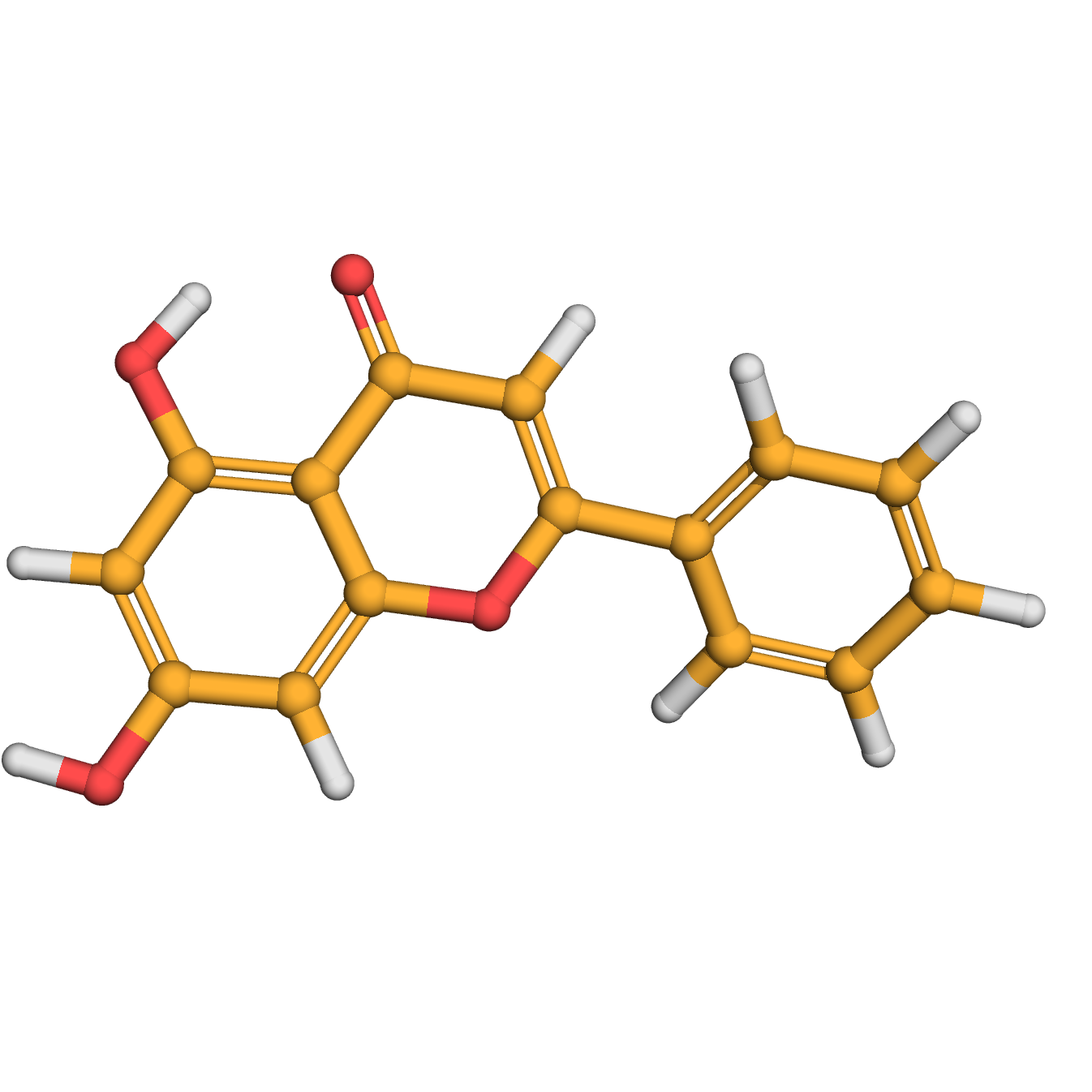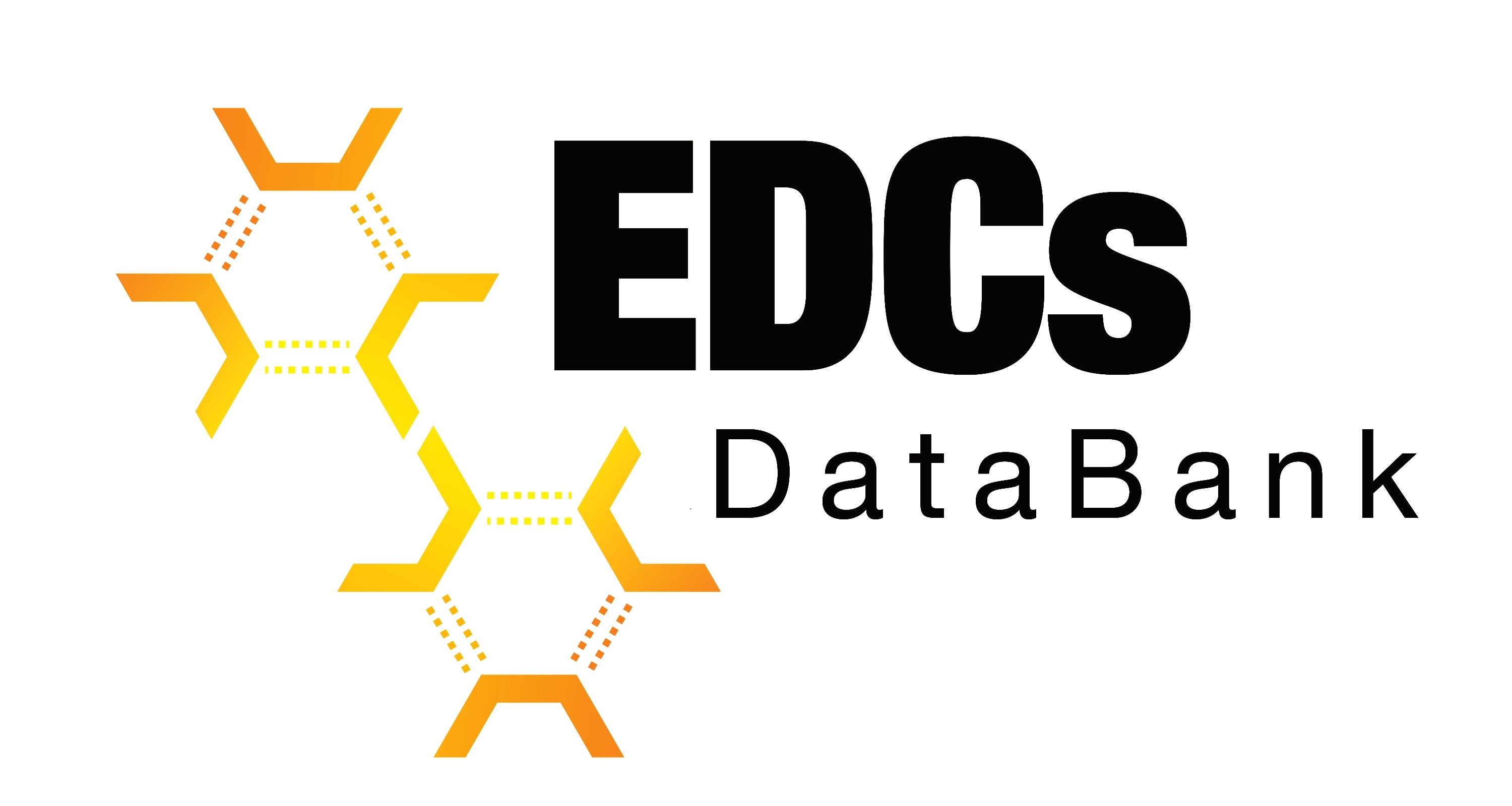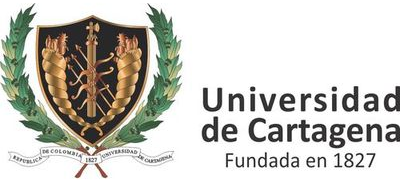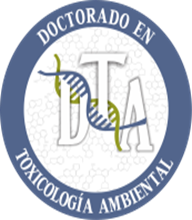chrysin
Synonyms: "5,7-dihydroxyflavone", "chrysine", "5,7-dihydroxy-2-phenylchromen-4-one", "5,7-dihydroxy-2-phenyl-4H-1-benzopyran-4-one"
Source: chrysin is a flavonoid that occurs naturally in plants such as the passionflower, silver linden, and some geranium species, and in honey and bee propolis (glue).
Identifiers:
IUPAC Name: 5,7-dihydroxy-2-phenylchromen-4-one
CAS Number: 480-40-0
PubChem ID: 5281607
InChiKey: RTIXKCRFFJGDFG-UHFFFAOYSA-N
Canonical SMILES: C1=CC=C(C=C1)C2=CC(=O)C3=C(C=C(C=C3O2)O)O
Structural Properties:
Molecular Formula: C15H10O4
Molecular Weight: 254.238
Pharmacophore Features:
Number of bond donors: 2
Number of bond acceptors: 4
Number of atoms different from hydrogen: 19
Downloads
2D structure (.sdf)
3D structure (.sdf)
3D structure (.mol2)
3D structure (.pdb)
3D structure (.pdbqt)
Search Similar molecules
Evidence Supporting This Chemical as an Endocrine Disruptor
TEDX List of Potential Endocrine Disruptors

Oberdorster E, Clay MA, Cottam DM, Wilmot FA, McLachlan JA, Milner MJ. 2001. Common phytochemicals are ecdysteroid agonists and antagonists: a possible evolutionary link between vertebrate and invertebrate steroid hormones. J Steroid Biochem Mol Biol 77(4-5):229-238, DOI: 10.1016/S0960-0760(01)00067-X.
External Links


2D-structure
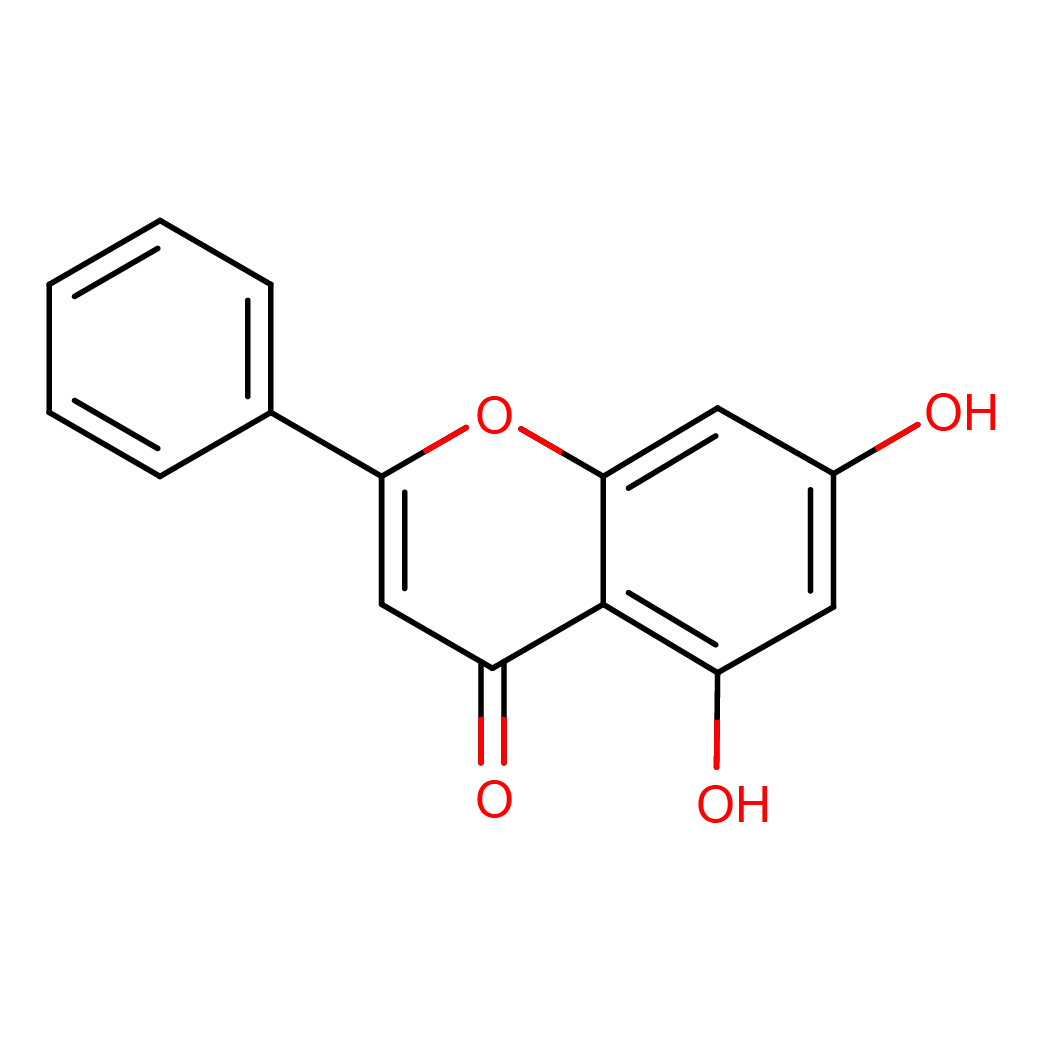
3D-structure
